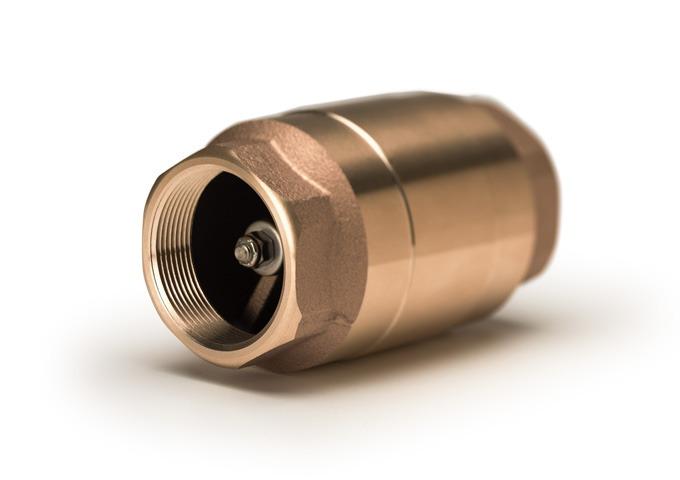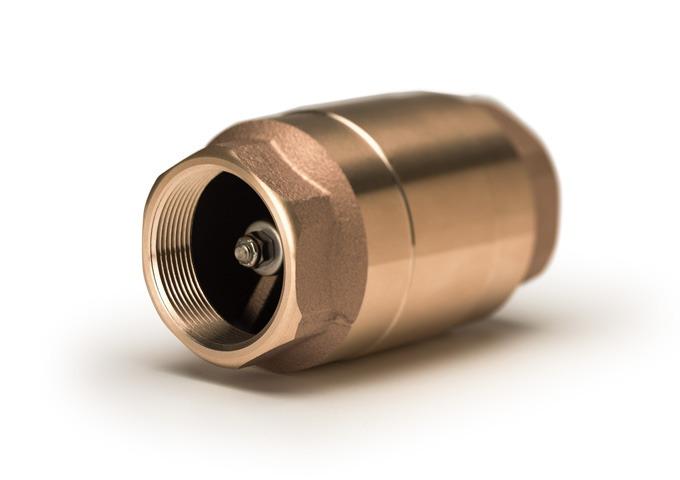How Strataflo Has Transformed The Valve Industry.
Learn how Strataflo’s check valves work.


Strataflo check valves are anything but ordinary, but it's essential to know the basics of what these devices are and their function. In a new blog post, the team at Strataflo helps readers understand the ins and outs of a Strataflo check valve. Readers are encouraged to follow the link to the article to learn more.
First, it is essential to know what precisely a check valve is. Strataflo's post defines a check valve as "A mechanism with two ports, an inlet where fluid or gas enters and an outlet where it exits." Check valves ensure movement in one direction and help various products. But where are check valves used?
Check Valves are in industrial and domestic applications in various products. The valve helps ensure the material is moving in the desired direction. Each type of valve has a different way of opening and closing. Strataflo's check valves stand out compared to standard valves. Most check valves use an O-ring to seal the valve. Strataflo uses a proprietary fully molded rubber seal. The valve is molded around steel for added strength, and the Strataflo poppet lasts longer than traditional seals.
Here are a few different check valves and how they are used:
Silent Check Valves: Valve uses a spring-assisted poppet to close the valve and prevent backflow.
Swing Check Valves: A valve that uses a disc closure design ensures fluid or gas moves in one direction.
Ball Check Valve: The ball check valve employs a ball to control flow by moving up or down.
Other valves include lift, duckbill, diaphragm, and foot check valves. Each valve is made of plastic or metal, such as stainless steel or bronze.
Check valves also help maintain sanitary conditions. For example, sewer pipes allow wastewater to exit a structure while preventing it from re-entering in case of a backup in the sewer system.
The complete article is available to view in full at https://strataflo.com/what-is-a-check-valve/.

